One of the object’s strangest features is its sharply collimated jet, which remains intact even as 3I/ATLAS rotates.
Others are reading now
When the interstellar object 3I/ATLAS first appeared, scientists were intrigued by its unusual behavior. But now, that curiosity has been hijacked by fringe speculation. As the comet continues to defy expectations, two very different narratives are emerging, one grounded in data, the other in conspiracy.
Fringe theories get a broadcast boost
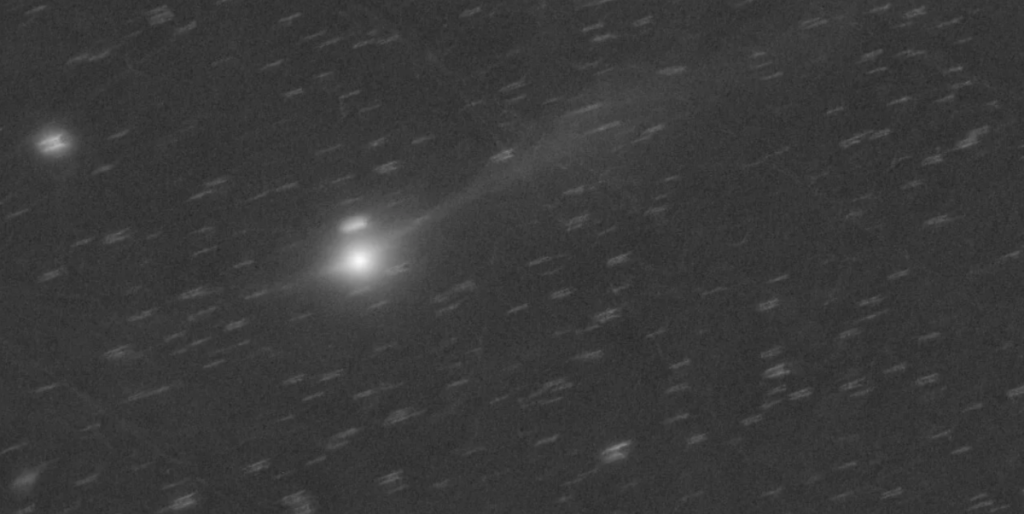
On November 5, controversial broadcaster Alex Jones and UFO commentator Daniel Liszt aired a live segment claiming intelligence agencies are staging a fake alien “psyop” connected to 3I/ATLAS. The timing, just ahead of NASA’s upcoming announcement, raised eyebrows. But their claims lack any scientific proof.
The facts: what scientists actually see

Despite the noise, real scientists are focused on hard evidence. Observatories worldwide have confirmed that 3I/ATLAS exhibits non-gravitational acceleration, stable jet structures, and a remarkably clean coma. These anomalies are rare, but they’re documented, not imagined.
Jet behavior that defies expectations

One of the object’s strangest features is its sharply collimated jet, which remains intact even as 3I/ATLAS rotates. Typically, such movement would smear or distort these jets, but this one stays remarkably coherent, puzzling even seasoned astronomers.
Stable, symmetric, and oddly bright
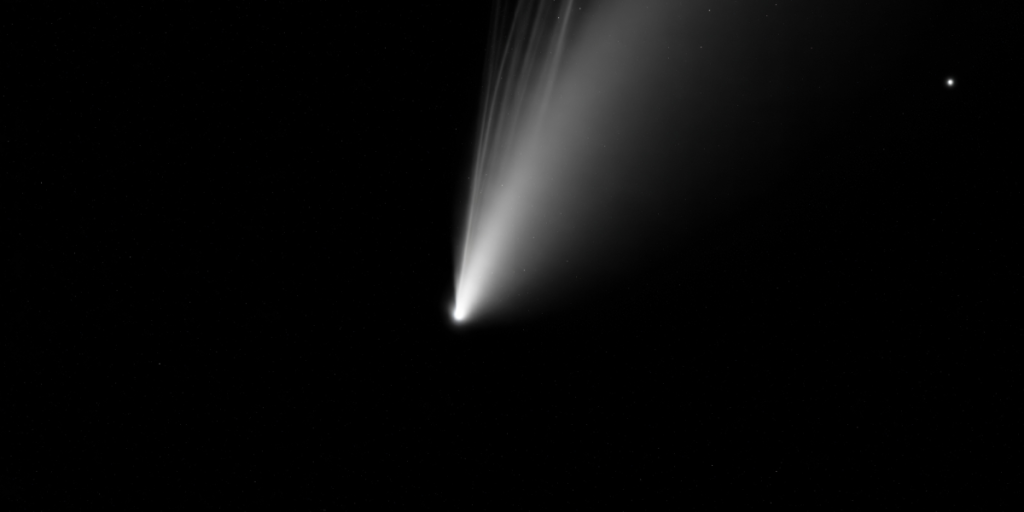
Another striking feature is the object’s coma. It’s unusually symmetric and far brighter than a typical interstellar comet. That level of stability suggests forces at work that scientists don’t yet fully understand, but want to.
Curious radio signals detected

Also read
Using the MeerKAT radio telescope, astronomers detected narrow-band absorption signatures at 1665 and 1667 MHz. These frequencies are commonly associated with hydroxyl molecules, organic chemistry’s building blocks, but so far, no natural explanation has been confirmed.
No signs of a cover-up, just curiosity

Despite the speculation, there’s no credible evidence of a cover-up or intelligence operation. No scientist, including Harvard’s Avi Loeb, has suggested anything conspiratorial. Loeb, along with others, emphasizes the need to follow the data, not fear.
The conspiracy theory lacks substance

Jones and Liszt’s broadcast presented no data, no telescope logs, no spectra, no scientific references. It offered only a story. That story may appeal to skeptics, but it doesn’t hold up under scrutiny. In science, evidence isn’t optional.
The real risk: noise drowning out science
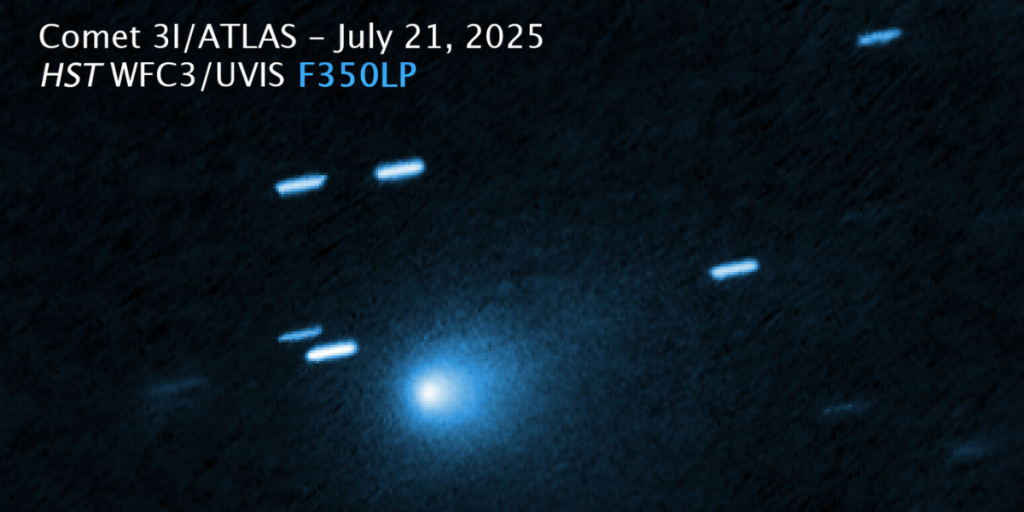
The worry isn’t that fringe ideas exist. It’s that they could distract from the actual scientific mystery. 3I/ATLAS deserves serious, open study. Adding layers of fiction only muddies the waters and shifts focus away from the facts.
Unprecedented, but not unexplainable
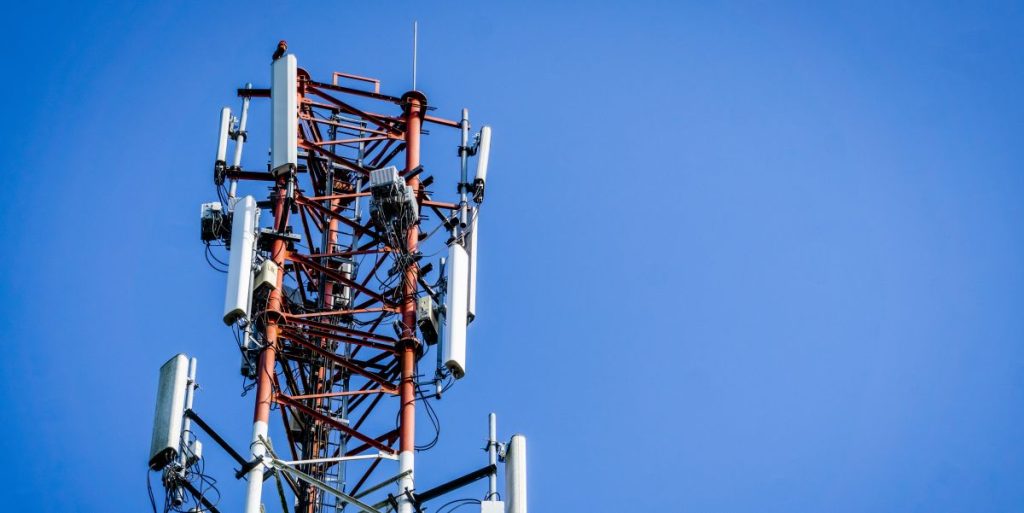
While interstellar objects are rare, what makes 3I/ATLAS extraordinary is its combination of features: non-gravitational acceleration, coherent jet structures, symmetric coma, and unexplained radio absorption. This has never been seen in one object before.
Looking ahead to NASA’s November 19 event
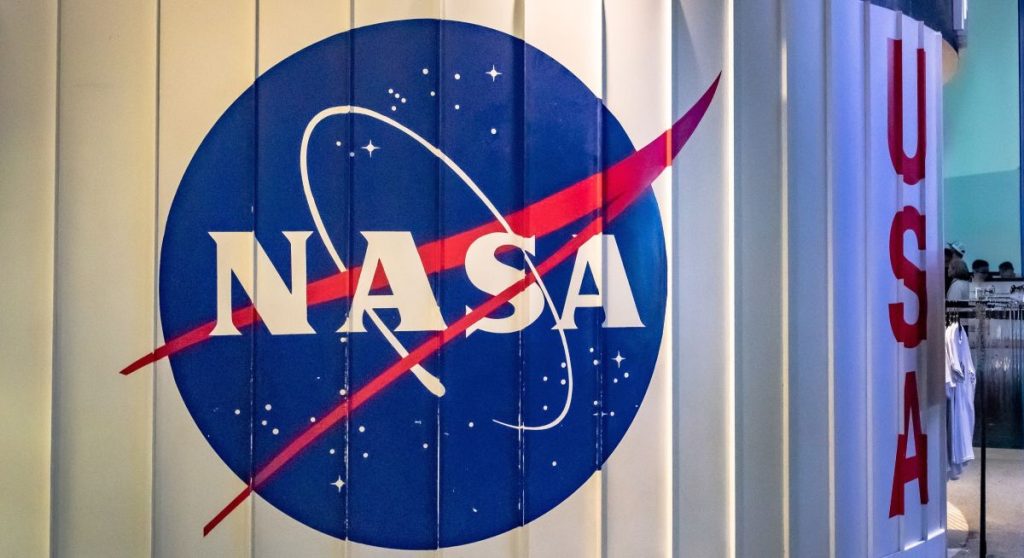
Also read
With NASA preparing to share new information, scientists are calling for transparency. They want data, images, and independent reviews released promptly. Public trust depends not on secrecy but on open, evidence-based discussion.
The universe demands observation, not speculation
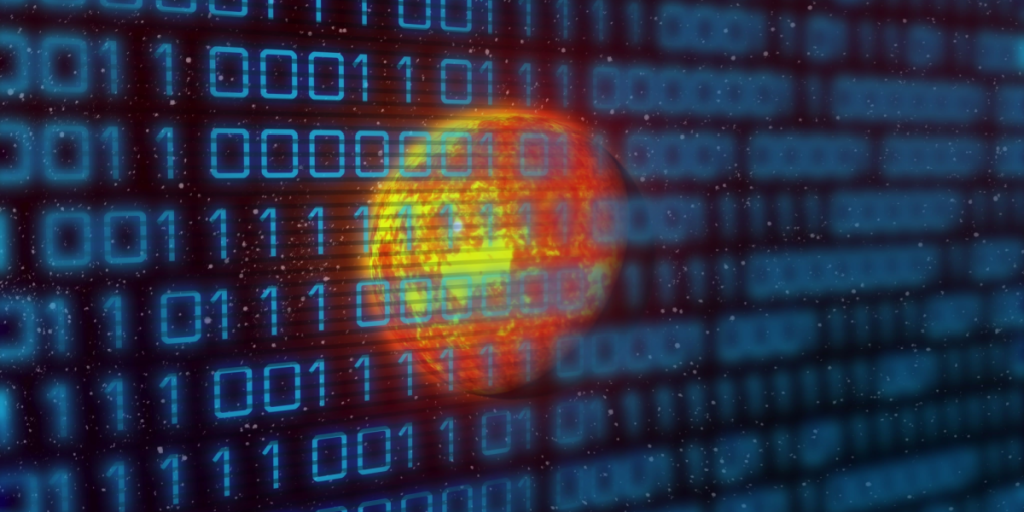
The universe isn’t moved by theories or suspicions, it responds to what we can measure. That’s why scientists are urging the public to focus on what’s real. There’s already enough mystery in the data. We don’t need to invent more.
Final word from the experts
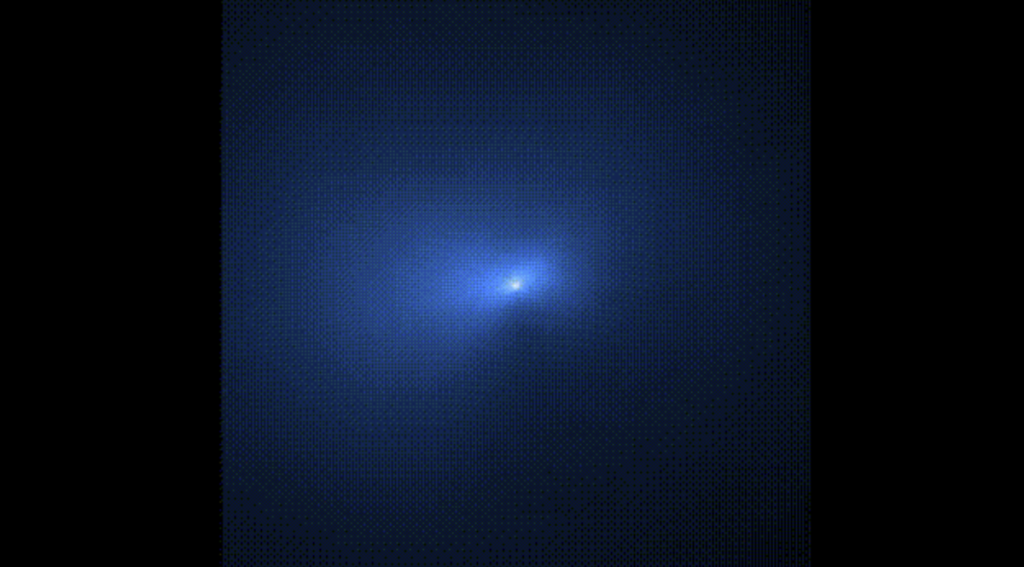
As Harvard’s Avi Loeb puts it: “Extraordinary claims require extraordinary evidence. At this stage, the evidence supports anomalies, not conclusions.” A JPL research analyst adds, “Unusual does not mean artificial, but unusual demands attention.” That’s the spirit science needs now.
This article is made and published by Edith Hejberg, who may have used AI in the preparation

